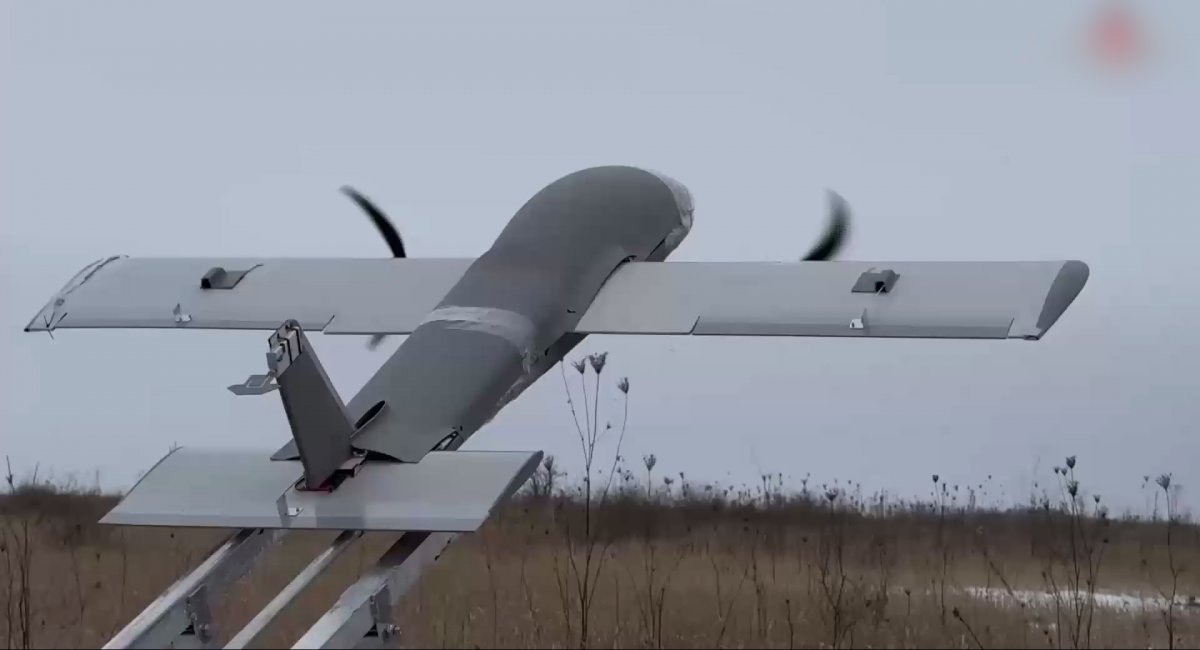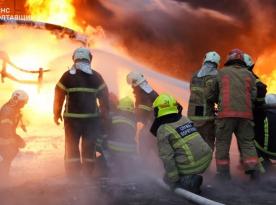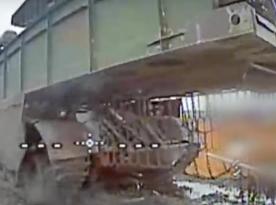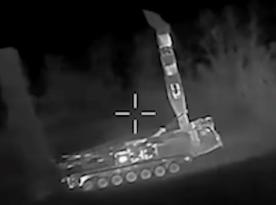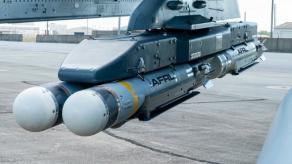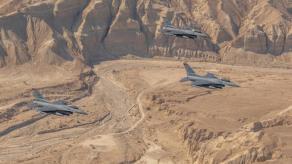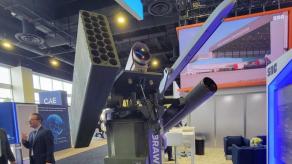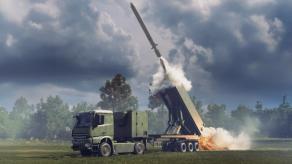The russian invasion forces have started to use rocket-propelled grenades from RPO-A Shmel thermobaric weapons as ersatz warheads for their Molniya-2 unmanned aerial vehicles. These relatively small, simple-yet-effective drones, designed to be as affordable as possible, have become more lethal.
The installment of this ad hoc warhead was shown in a video published by the russian Ministry of Defense and noticed by social media users.
Read more: Ukrainian FPVs Strike a russian Molniya Takeoff Site (Video)
Russian forces are using "Molniya" fixed-wing FPV-type drone with TM-62 anti-tank mines and plastic explosive or a double charge from the RPO-A Shmel rocket-assisted thermobaric weapon (flamethrower). https://t.co/GOu9yhtOa5 pic.twitter.com/Od8iMIGvcD— Samuel Bendett (@sambendett) February 12, 2025
It is currently unknown how extensive this practice is. The RPO-A Shmel weapon is only common to NBC protection forces of russia. Yet this demonstrates the versatility that Molniya's crude design offers despite its payload capacity limitations of 5 kilograms.
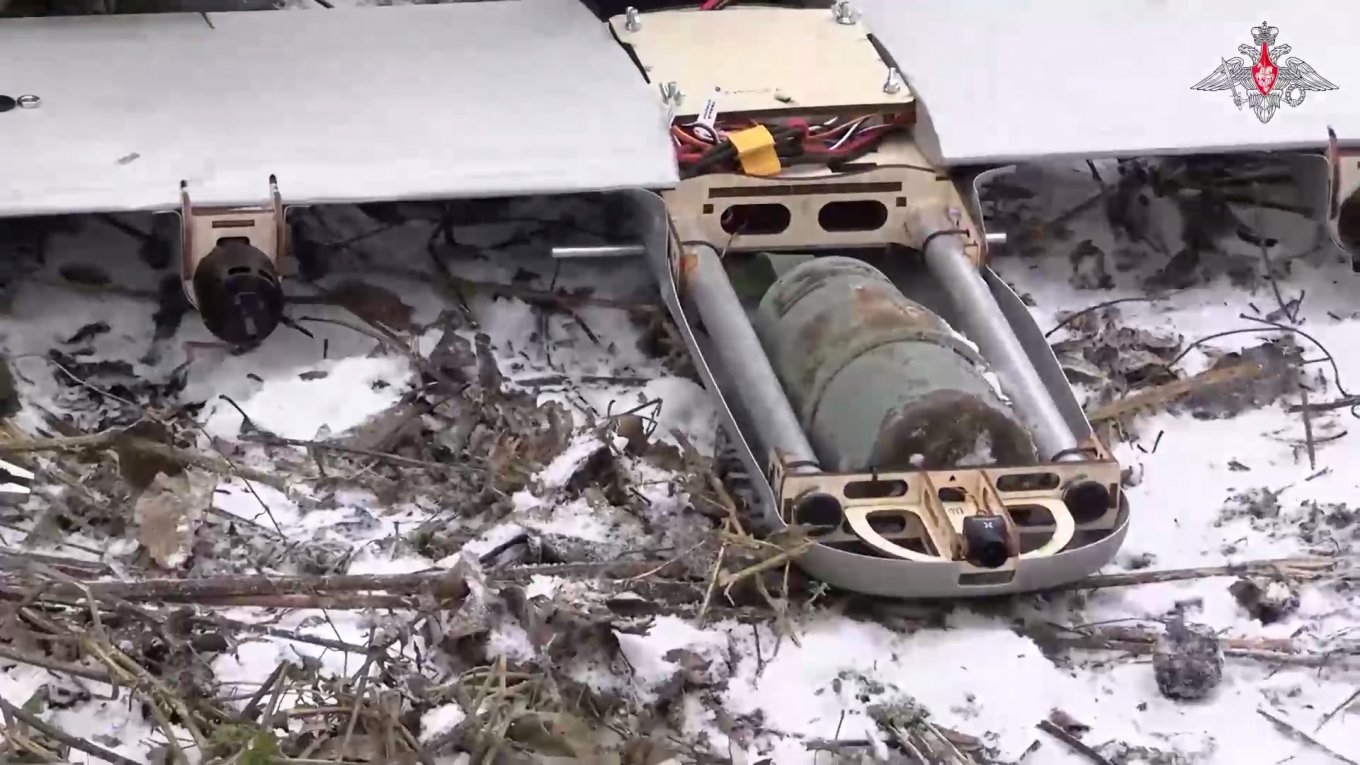
The drone has earlier been seen with other improvised warheads. The most common are the common KZ-6 demolition munition or an anti-armor grenade from an RPG-7. However, recently russian forces started launching them overweight carrying TM-62 anti-tank mines with 10 kg of explosives.
In russian sources, Molniya is often hailed as the "Kalashnikov of drones" comparing it to the AK-47 rifle because the drone is just as simple, affordable, and effective in the right hands, as noted by the Bulgarian Military website. The reporters describe Molniya-2 as "emblematic" of wartime innovation. The only difference of the later model, Molniya-2, is the increased size and lift capacity.
Still, the use of Molniyas and similar UAVs named Privet-82 remains limited to the Espanola combat group that specializes in testing and using aerial and ground robotic systems, as noted by Forbes. The russian army in large continues to rely on mass-produced solutions from Zala, such as the Lancet loitering munition. But experts warn that the simplicity of design and the use of materials available at any construction supplies store means that "scaling up production might not be that difficult."
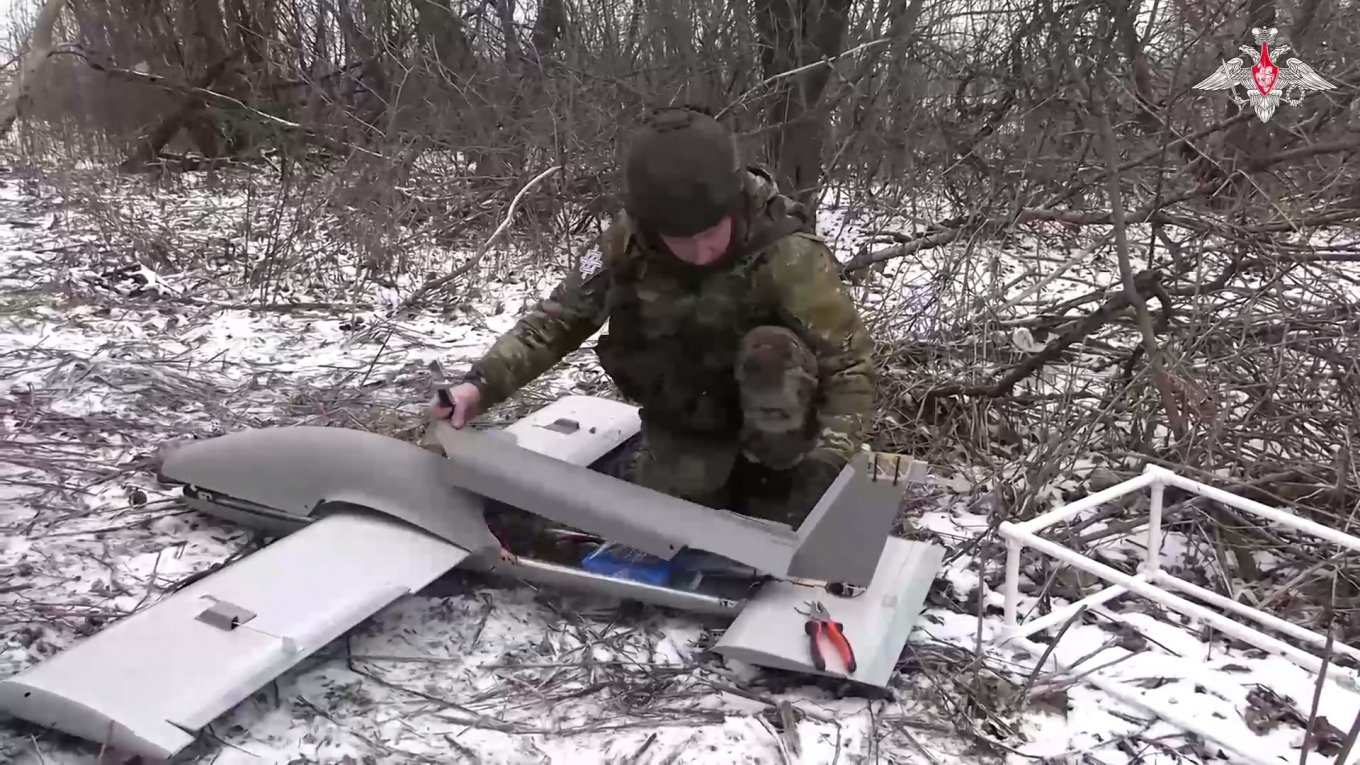
Read more: Ronins Drone Unit Wiped Out Three russian Air Defense Systems in One Day




